International
Colombia’s health reform approved in first debate
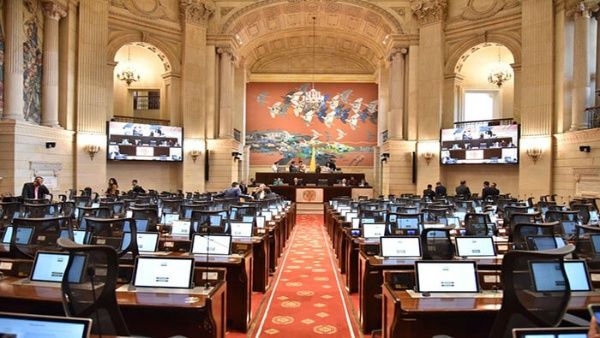
May 24 |
The Seventh Commission of the Colombian House of Representatives, approved on Tuesday in a first debate the health reform proposed by the Government of Gustavo Petro.
After more than eight hours of debate, with 14 votes in favor and 6 against, the committee decided to approve the health reform bill.
To become law, the initiative will have to go through three more debates: one in the plenary session of the House of Representatives and two in the Senate.
The Colombian Ministry of Health said that the House of Representatives Committee approved a total of 143 articles that will change the country’s healthcare system.
The Health initiative promoted by President Gustavo Petro will allow all Colombians to have a healthcare model with quality infrastructure, workers in the sector with good salary conditions and patients with comprehensive care.
“The health reform has been approved in the commission. Hard work, deep debate. Much deeper than when Law 100 was approved,” assured the Colombian head of state.
President Petro has considered the reform of the health system as one of the pillars that will mark the agenda of changes announced by his government.
The reform proposed by Petro’s government seeks to make health care a universal right and not a commodity. It also proposes a model in which the Primary Care Centers and the comprehensive and integrated networks will be made up of public, private and mixed entities.
After the approval of the parliamentary commission, the Health bill now goes to the plenary of the House of Representatives for the second debate.
International
Maduro, Delcy Rodríguez sued in Florida over alleged kidnapping, torture and terrorism

U.S. citizens have revived a lawsuit in Miami against Venezuelan President Nicolás Maduro following his capture, as well as against Vice President and now acting leader Delcy Rodríguez and other senior Chavista officials, whom they accuse of kidnapping, torture, and terrorism.
The plaintiffs — including U.S. citizens who were kidnapped in Venezuela and two minors — filed a motion over the weekend before the U.S. District Court for the Southern District of Florida asking the court to declare the defendants in default for failing to respond to the lawsuit initially filed on August 14, 2025, according to court documents made public on Monday.
The case, assigned to Judge Darrin P. Gayles, accuses the Venezuelan leaders of violating the U.S. Anti-Terrorism Act (ATA), the Florida Anti-Terrorism Act, and the Racketeer Influenced and Corrupt Organizations Act (RICO).
In addition to Maduro and Rodríguez, the lawsuit names Venezuelan Defense Minister Vladimir Padrino López; Attorney General Tarek William Saab; Interior Minister Diosdado Cabello; former Supreme Court Chief Justice Maikel Moreno; and National Assembly President Jorge Rodríguez.
The complaint also lists the state-owned oil company Petróleos de Venezuela (PDVSA) and former Electricity Minister Néstor Reverol as defendants.
According to the filing, Maduro “committed flagrant acts of terrorism against U.S. citizens,” citing the criminal case in New York in which Maduro and his wife, Cilia Flores, appeared in court for the first time on Monday following their arrest on Saturday.
The lawsuit claims that the plaintiffs “were held captive by Maduro” with “illegal material support” from the other defendants, whom it identifies as members of the Cartel of the Suns, a group designated by the United States as a terrorist organization last year.
International
U.S. faces worst flu season in decades as new strain spreads nationwide
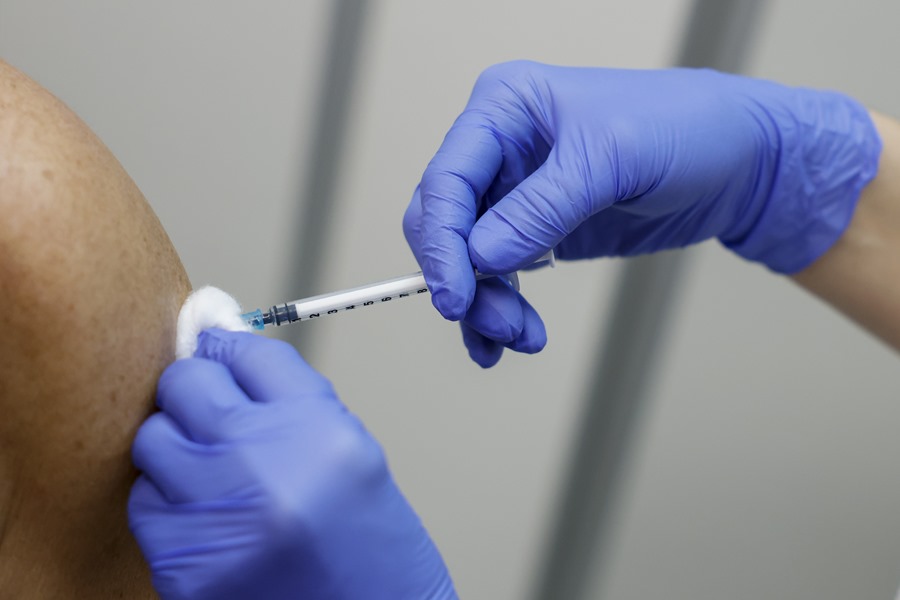
The flu continues to take a heavy toll across the United States, with all but four states reporting high or very high levels of activity as a new viral strain known as subclade K continues to spread.
According to another key indicator — doctor visits for fever accompanied by cough or sore throat, common flu symptoms — the U.S. is experiencing its highest level of respiratory illness since at least the 1997–98 flu season, based on data released Monday by the Centers for Disease Control and Prevention (CDC).
“This is definitely a standout year,” said Dr. Caitlin Rivers, an epidemiologist and senior scholar at the Johns Hopkins Center for Health Security. “It’s the worst we’ve seen in at least 20 years. Most of the country is experiencing very high levels of activity, and we are still near the peak.”
Rivers noted that it is unusual to see such a severe flu season following another poor season the previous year, as intense seasons typically do not occur back to back.
Nationwide, approximately 8.2% of doctor visits during the final week of the year were for flu-like symptoms. At the same point last season — which was also severe — that figure stood at 6.7%.
In Massachusetts, where flu activity is reported as very high, health officials urged residents to get vaccinated.
“This is a moment for clarity, urgency, and action,” said Dr. Robbie Goldstein, Commissioner of Public Health, in a press release. “These viruses are serious, dangerous, and potentially deadly. We are seeing critically ill children, families grieving devastating losses, and hospitals under strain due to capacity.”
International
U.S. Energy Secretary to meet oil executives on reviving Venezuela’s crude industry
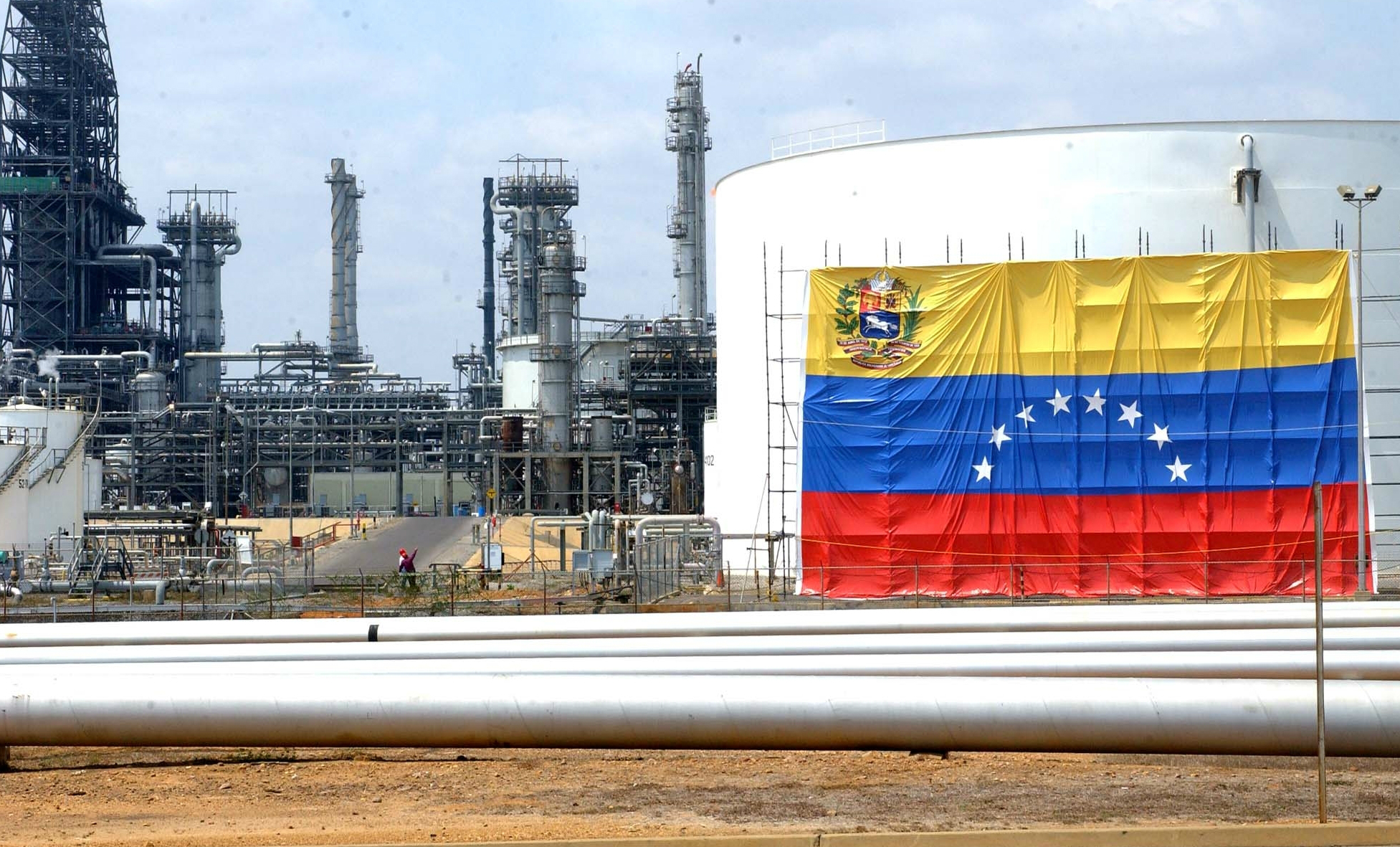
U.S. Secretary of Energy Chris Wright is set to meet this week with executives from the American oil industry to discuss how to revive Venezuela’s crude oil sector, according to multiple media reports.
The meeting will take place on the sidelines of an energy conference organized by investment banking group Goldman Sachs in Miami.
Senior executives from major U.S. oil companies, including Chevron and ConocoPhillips, are expected to attend the symposium.
Venezuela holds the world’s largest proven oil reserves, estimated at 300 to 303 billion barrels, representing roughly one-fifth of known global reserves.
Following the controversial operation carried out on Saturday to detain Venezuelan President Nicolás Maduro, U.S. President Donald Trump has placed renewed emphasis on control over and exploitation of Venezuela’s vast oil resources.
-

 International2 days ago
International2 days agoU.S. faces worst flu season in decades as new strain spreads nationwide
-
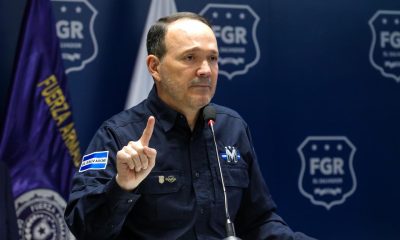
 Central America2 days ago
Central America2 days agoEl Salvador reports safest year in its history, security cabinet says
-

 International4 days ago
International4 days agoTrump signals possible expansion of U.S. regional policy beyond Venezuela
-
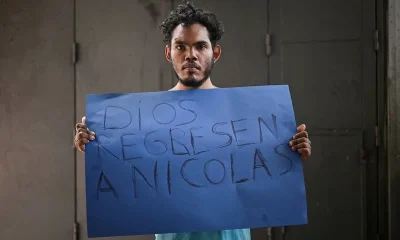
 International4 days ago
International4 days agoWorld leaders react to U.S. attacks on Venezuela, sparking global divide
-
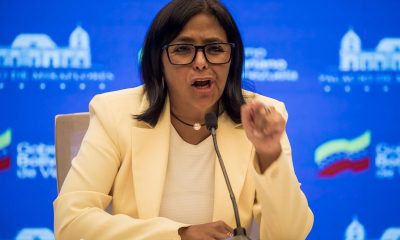
 International2 days ago
International2 days agoDelcy Rodríguez, key figure in U.S.-Venezuela transition, remains under EU sanctions
-
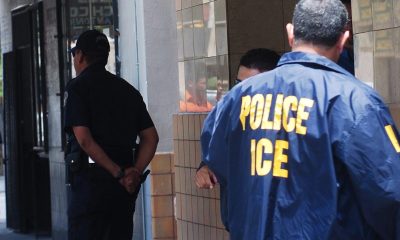
 International2 days ago
International2 days agoFlorida’s ‘Tidal Wave’ operation detains 10,400 migrants in largest ICE joint effort
-
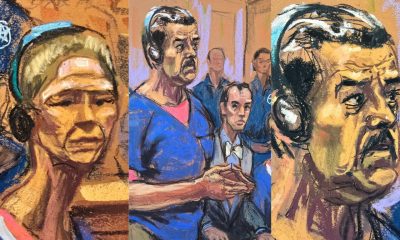
 International2 days ago
International2 days agoMaduro, Delcy Rodríguez sued in Florida over alleged kidnapping, torture and terrorism
-
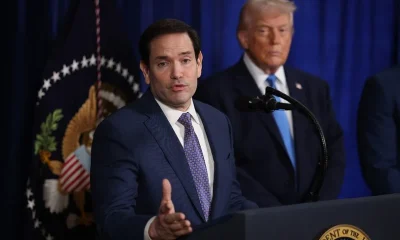
 International3 days ago
International3 days agoMarco Rubio warns Cuba could be Trump administration’s next target
-

 International2 days ago
International2 days agoChina urges immediate release of Maduro, seeks emergency UN security council meeting
-
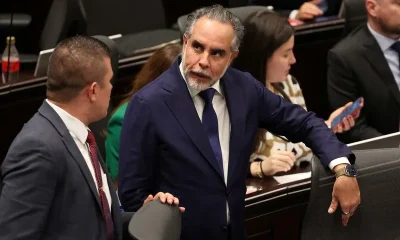
 International2 days ago
International2 days agoColombia to maintain anti-drug cooperation with U.S. after Trump remarks
-
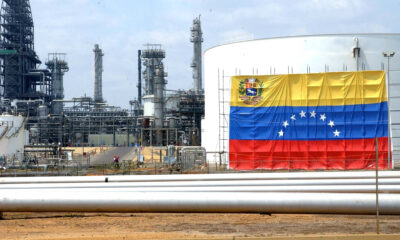
 International2 days ago
International2 days agoU.S. Energy Secretary to meet oil executives on reviving Venezuela’s crude industry
-
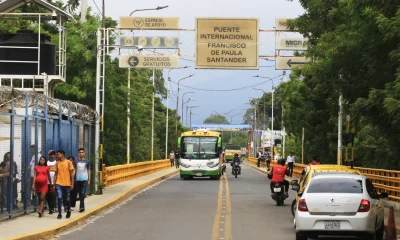
 International2 days ago
International2 days agoColombia says border with Venezuela remains calm after U.S. arrest of Maduro
























